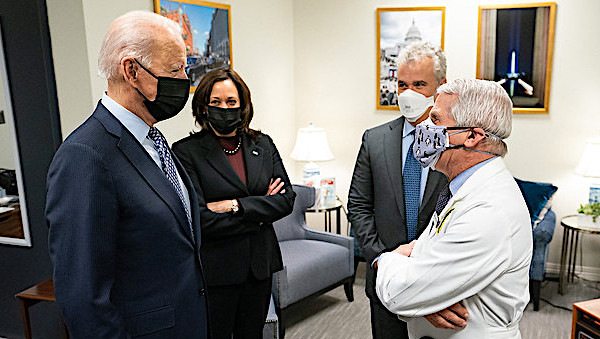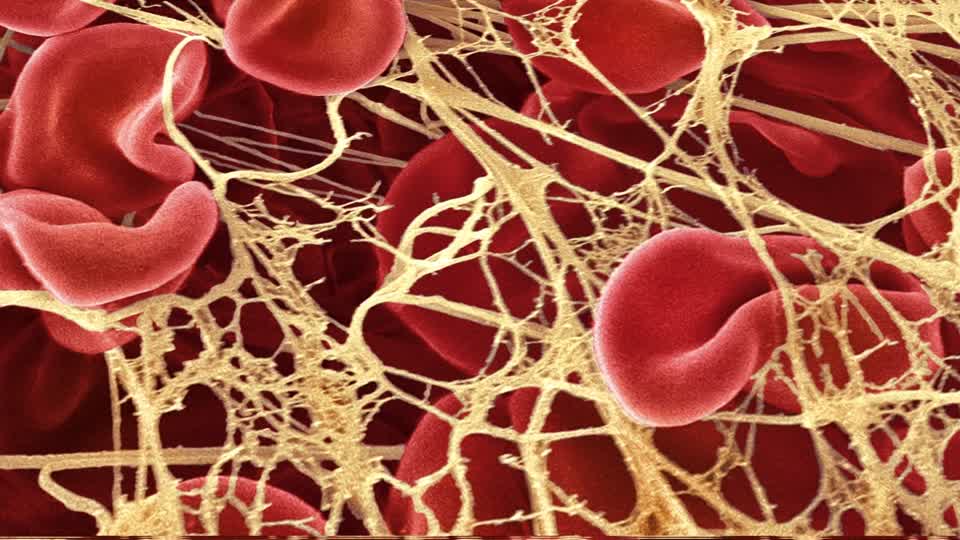
A team of health experts at the Washington University School of Medicine in St. Louis pooled data from the Acute Venous Thrombosis: Thrombus Removal with Adjunctive Catheter-Directed Thrombolysis (ATTRACT) study as part of the research. The researchers examined nearly 700 DVT patients who were assigned to receive either blood thinners alone or blood thinners plus a procedure that used specialized catheter-mounted devices.
The research team observed that the routine procedure did not reduce the risk of post-thrombotic syndrome in patients after a follow-up period of two years. The results showed that the complication occurred in 157 of 336 patients who underwent the procedure, which equates to 47 percent of the group. On the other hand, 171 of 355 patients who did not undergo the procedure developed post-thrombotic syndrome, which equates to 48 percent of the group.
Lead researcher Dr. Suresh Vedantham said the study is the first large-scale research to examine the capacity of imaging-guided treatment in managing post-thrombotic syndrome in patients.
"What we know now is that we can spare most patients the need to undergo a risky and costly treatment. This study will advance patient care by helping many people avoid an unnecessary procedure. The findings are also interesting because there is the suggestion that at least some patients may have benefited. Sorting that out is going to be very important. The ATTRACT trial will provide crucial guidance in designing further targeted studies to determine who is most likely to benefit from this procedure as a first-line treatment,” Dr.Vedantham stated in a university press release.
Trial officer Andrei Kindzelski adds that the study of deep vein thrombosis and post-thrombotic syndrome has important implications in the scientific community and is of interest to the National Heart, Lung, and Blood Institute.
"This landmark study, conducted at 56 clinical sites, demonstrated in an unbiased manner no benefits of catheter-directed thrombolysis as a first-line deep vein thrombosis treatment, enabling patients to avoid an unnecessary medical procedure. At the same time, ATTRACT identified a potential future research need in more targeted use of catheter-directed thrombolysis in specific patient groups,” Kindzelski said in a News Wise entry.
Fast facts about deep vein thrombosis rates in the U.S.
Data published on the Centers for Disease Control and Prevention (CDC) website revealed that the precise number of U.S. patients with deep vein thrombosis remains unclear. However, the CDC estimates that up to 900,000 patients across the country could be affected by the disease each year. The CDC also projected that between 60,000 and 100,000 U.S. patients die of DVT. (Related: Inactivity doubles your risk of blood clots: New study says sitting around, like when watching TV, raises risk even in those who exercise.)
Likewise, the CDC noted that 10 percent to 30 percent of patients will die within one month of diagnosis. The federal agency also stressed that sudden death appeared to be the first DVT symptom in 25 percent of patients. According to the CDC, up to 50 percent of patients will suffer from long-term complications such as swelling, pain, discoloration and scaling in the affected limb.
The federal agency also showed that one-third or about 33 percent of DVT patients were likely to suffer disease recurrence within ten years. Furthermore, the CDC estimated that 5 percent to 8 percent of the U.S. population carries one of several genetic risk factors associated with deep vein thrombosis.
Sources include:
Please contact us for more information.























